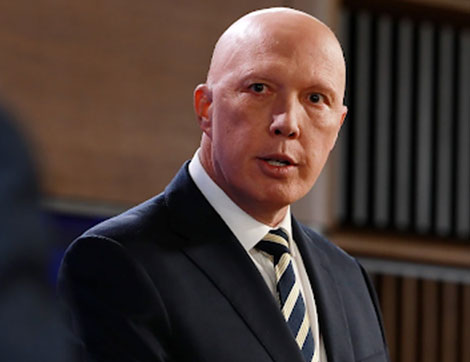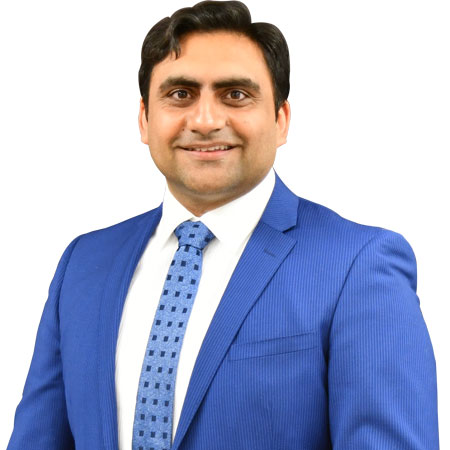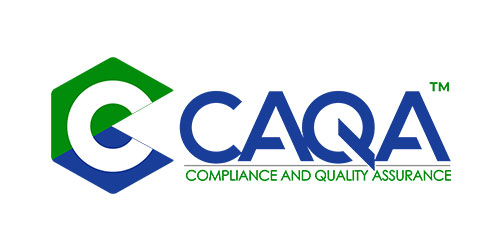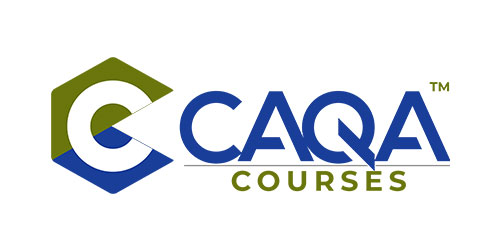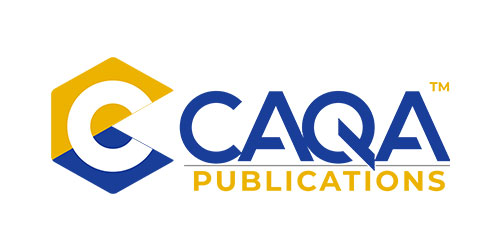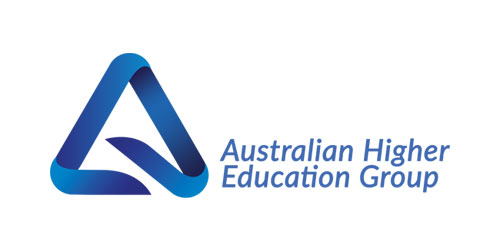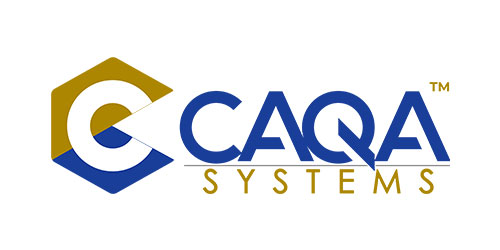
News
Four Corners focus on Australian Universities including Murdoch U, Swinburne University and The University of Tasmania
International students are a significant source of revenue and are major purchasers of Australian education services.
The number of international fee-paying students enrolled in Australian universities in 1987 was 667. In 2007, there were 177 760, with 56 176 or 32 per cent of international students enrolled in Victorian universities.
In Australia today, there are 37 public universities, two private universities and around 150 private providers of education.
Four Corner’s well-promoted university program for international students with inadequate English did not contain endemic issues throughout the system. Although other universities were mentioned, the program focused on Murdoch U, citing documents and film-based academics with concerns.
Four Corners quoted a statement from Murdoch U about its compliance with academic standards, but this was from the management. The University of Tasmania however, which received little on-air attention, did not wait for the program to screen. Vice Chancellor Rufus Black stated that the review would “conduct a broad and profound health check on international admissions processes of the University.”
An internal working group led by Provost Jane Long will oversee admissions until external reviewer Hilary Winchester reports.
Education Minister Dan Tehan has raised concerns about the English language skills of international students with the independent regulator of Australia’s universities and asked for recommendations to strengthen admission standards.
Amid heightened scrutiny of Australia’s international education boom, Mr Tehan said he had received reports of students not having adequate language skills and sought information on any “systemic failure” in the sector’s adherence to standards.
“It has been raised with me that some international students studying in Australia may not have the appropriate English language skills to actively and appropriately participate in a higher education course of study,” Mr Tehan wrote to Anthony McClaran, chief executive of the Tertiary Education Quality and Standards Agency (TEQSA).
With Australia predicted to overtake Britain as the No.2 destination for international education, Mr Tehan said Australians should be “extraordinarily proud” of the sector’s success.
Australia has experienced explosive growth in international education over recent years — 14 per cent in 2018 — and it is now the nation’s third-largest export. In 2018, about 400,000 foreign students were enrolled in Australian universities.
The boom has led to concerns among academics and experts about foreign students being treated as “cash cows”, the impact on teaching standards, and potential complications stemming from the heavy reliance on Chinese students, who account for a third of international enrolments.
Wary of the overexposure to China as a source country, universities have begun to attempt diversification of their international student populations, which Mr Tehan said was “incredibly important”.
“Universities understand that. It’s why they have been developing the Indian market, it’s why they have been looking to Latin America and it’s why they have been looking to other Asian countries with a lot of success,” he said.
Mr Tehan also wants more international students going to regional universities, where he says the “welcome is a lot warmer” and students would feel less isolated than in the cities.
The National Tertiary Education Union responded strongly to the programme; “our very strong view is that every student who is enrolled, wherever they come from, must have a genuine opportunity to succeed. If universities enrol students who lack the skills necessary to do so, they have a duty of care to ensure that they provide the resources and support that students need to succeed,” national president Alison Barnes, said last night. “Disturbingly, many of our members are reporting that the increase in students who need assistance, especially international students, means that university staff simply cannot provide that help.”
This situation should have been avoided by following these ten student-centred principles:
- Educational provider must develop a thorough and well-planned risk management plan, framework according to The Australian and New Zealand Risk Management Standard AS/NZS 4360:2004 and regulatory standards and requirements.
- Quality Management System (QMS) and risk management should be included in the ongoing planning processes and committee meetings.
- Document policies and procedures to ensure students have adequate support to enroll and complete their Australian studies. You must have developed a written agreement with individual students that clearly documents the education services to be delivered, fees and charges payable and refund information as required under the regulatory requirements and legislative instruments. Make sure you do what you say!
- The student enrolment processes must follow regulatory standards and guidelines.
- The Genuine Temporary Entrant (GTE) requirements are strictly followed through
- Institutions have their own English-language tests to identify LLN needs of the students.
- Only the eligible students are enrolled in the Australian qualifications.
- Australian institutes are providing coaching and mentoring facilities to its students.
- Universities, as registered providers, should regularly review their contractual relationships with private providers to identify and mitigate the risks.
- The independent audits must have been conducted by the experts to ensure organisations comply with all the regulatory requirements and legislative guidelines.
 1800 961 980
1800 961 980 info@careercalling.com.au
info@careercalling.com.au







